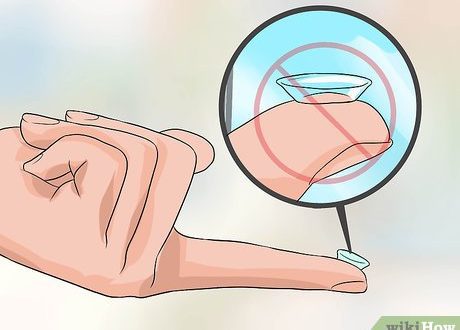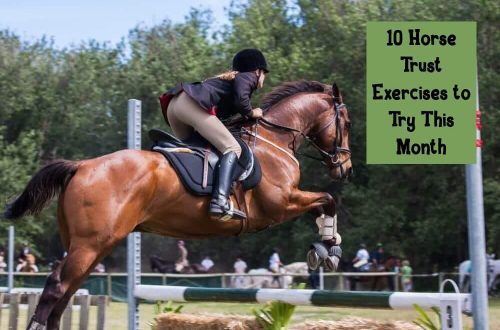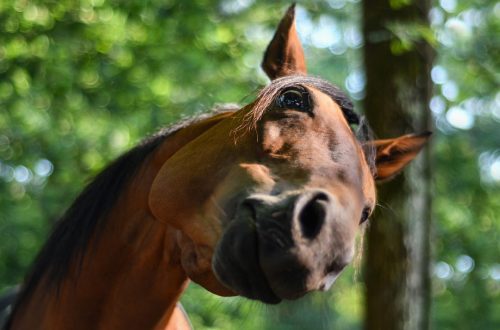
Under which leg to lighten the trot?
In the last article, I touched on the topic of diagonals at the trot, in this post we will try to figure out which leg to lighten under and whether there is a difference.
Let me remind you that the trot is a two-stroke gait with alternating diagonal pairs of legs (left front + right rear and right front + left rear). The rider at a light trot sits in the saddle for one pace, and rises above the saddle for the second. We will talk about the technique for performing this lift another time, but now the diagonals.
When moving along the arena or the volt, you can make it easier under the inner or outer diagonal. Now there will be the first confusion in terminology. Some coaches and riders determine the diagonal on the front leg, others on the back. Let’s agree that in this post we will determine the diagonal along the front leg. Those. we synchronize the rise of the rider from the saddle with the shoulder extension, this option is more convenient, because. novice riders, and even some experienced riders, do not feel under which leg they are relieved, and they can only check themselves visually. It is much easier to look at the shoulders than to look under the horse in an attempt to determine where his hind legs are.
According to this logic, when driving onon the outer left, we will have the right diagonal (i.e., the right front + left rear are brought forward), and the inner, respectively, the opposite left. Under what to get up?
There is no indication in the dressage rules which leg to lighten under. In dressage circuits, the light trot is only present in young horses and beginner circuits. In the judges’ comments, you can find recommendations to lighten under the outer diagonal, but they are only advisory in nature. And if you ride the pattern under the inside diagonal or forget to change it when changing direction, it will not affect the score unless the horse has lost his balance and movement due to this.
Until the early 2000s, many if not all Russian coaches were taught to lighten under the inside diagonal. This comes from the cavalry and is motivated by the fact that the rider sits on the outside hind leg, which in theory should give more stability when turning.
The Western school (and most of the current coaches) teaches you to lighten up under the outer diagonal. And they also have arguments. In their opinion, this can give the horse more lightness and more suppleness simply because the weight is off the inside hind leg.
The second, more meaningful argument is the fact that horses quite often tend to turn inward when turning. By releasing under the outside diagonal, the rider gets more legroom to correct this problem.
In general, all riders and all horses are one-sided. If you try to do walk-light trot transitions on a free rein without paying attention to the light leg transition into the trot, you are likely to hit the same diagonal more often, moreover, there are horses that can do a lot to transfer the rider to a diagonal convenient for her (although if this happens all the time, it makes sense to contact a veterinarian or chiropractor).
Conclusion: there is no objectively proven difference under which diagonal to lighten. The difference appears only on the side elements, and then on the condition that there is a need to do them at a light trot, but there this difference is not tied to the walls of the arena in any way and the diagonals, for example, on the traverse and ranverse will be different. But it’s important to keep in mind that the back leg you’re sitting on is getting more stress than the one you’re lightening on. It follows from this that it is important to change diagonals and work evenly on both.
I teach my riders to lighten under the outer diagonal, bringing it to automatism, only for those reasons that they would not forget to change it and be able to independently track the uniformity of the load in both directions. Agree, remembering how many times you changed direction is easierthan to remember changes of direction + changes of diagonals.


- Maria Shestakova 2th of December 2020
Thank you very much for the information. I’m just starting to learn. There are many difficulties. It’s good that there are such articles, you can look at the theory, and practice in the evening. Answer
- Marchenkova Victoria July 13 2021 city
Thanks for the info. But the question is, in the photo it looks like KSK Allure, right? Answer





